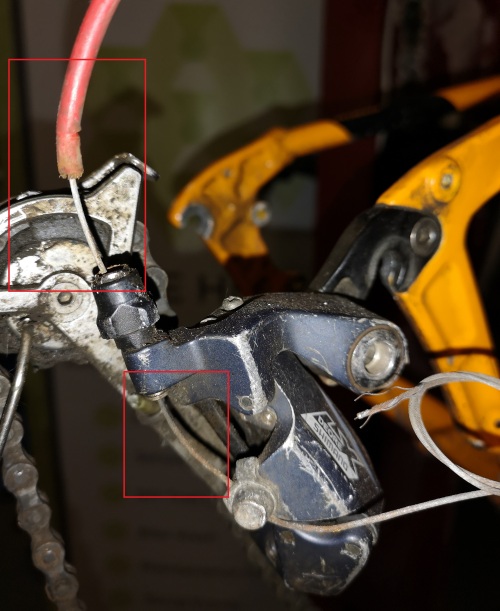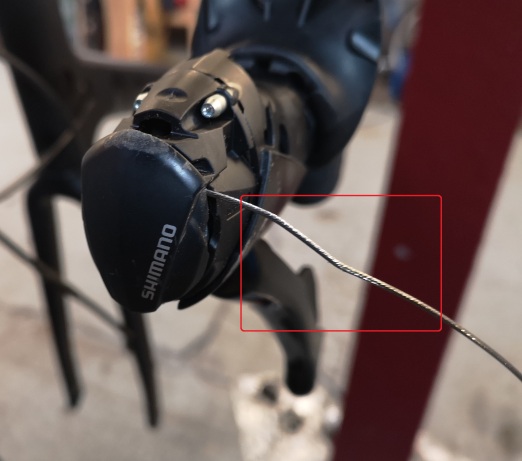Hello, and welcome to our brand new blog! We hope to share some posts here on a variety of topics about bike mechanics, cycling, and Glasgow too. We’re starting off with a post about cables, which I know does not sound like the most sexy topic to start a blog off with, but bear with us here.
At Glasgow Bike Hive we see a huge range of different bikes come through our workshop, some are super fancy, some are on their last legs, some are somewhere in between. But we believe, no matter what kind of bike you have, you should ALWAYS put good quality cables on it.
Scotland is a pretty wet country. Low quality brake and gear cables tend to be made of coated steel or a low grade stainless steel material (that isn’t all that stainless!) and in our climate these materials can quickly begin to corrode. Once corrosion begins, it increases the friction between the brake lever and the brake caliper (or the gear shifter and the derailleur), which decreases the efficiency of the brakes (or gears). In fact, corroded brake cables can decrease your braking ability by more than half!

This image shows a cheap coated steel inner gear cable which has become heavily corroded.
Low quality cables also need to be replaced more frequently. The increased corrosion on these cables means that they wear out faster, and although low quality cables may be slightly cheaper at the time of purchase, in the long run they may cost you more money as they will need replaced more regularly than a higher quality stainless steel cable.
Other than corrosion and typical wear, the most likely cable ailment to negatively affect your bike’s performance is a kink. Kinks can form after crash damage, from a bike falling over, or even from previous incorrectly fitted cables getting trapped between the handlebars and the frame. Often kinks might not be immediately obvious, but you may experience symptoms such as slow shifting (in both directions up AND down the gears), brakes sticking on, or just plain poor performance. You can usually find the troubled cable by spending a few minutes running your fingers up and down the cable housing. If you’re lucky, you might be able to carefully massage the cable back in to the correct shape, if not, simply replacing the damaged cable will sort the problem.

This image shows an example of a kink in a gear cable.
A lot of brand new bikes, even really high-end bikes that come with a good quality groupset and superior tyres, will often come with low quality cables on them. At Glasgow Bike Hive, we always use high quality cables on all our bikes and services, to get your bike working the best it can!
